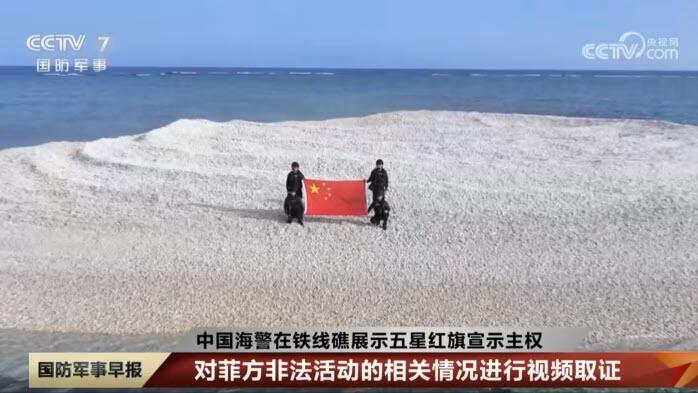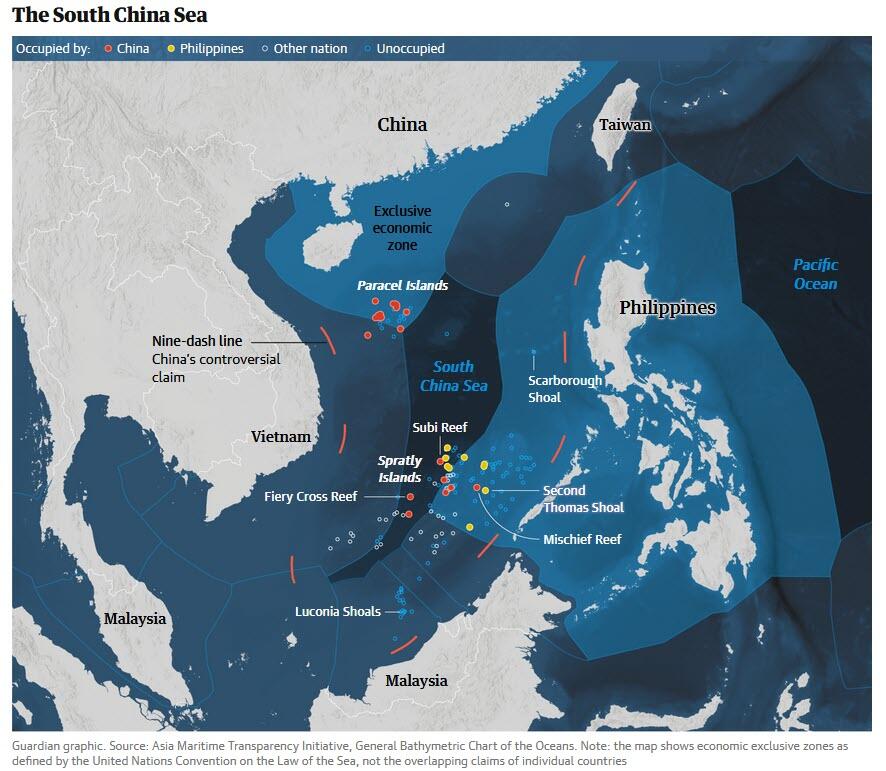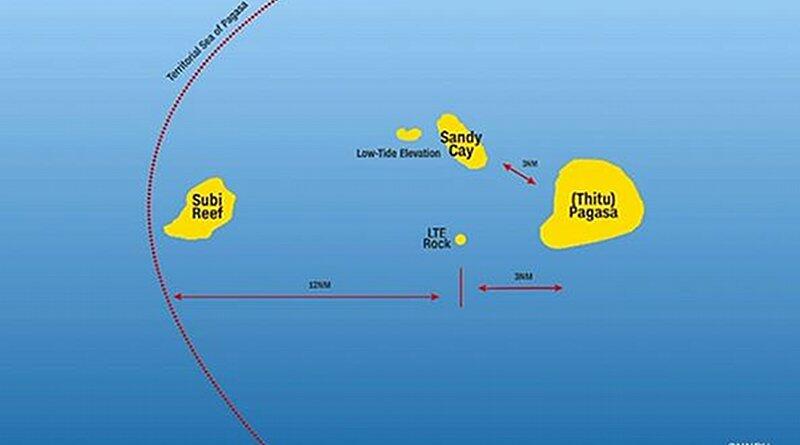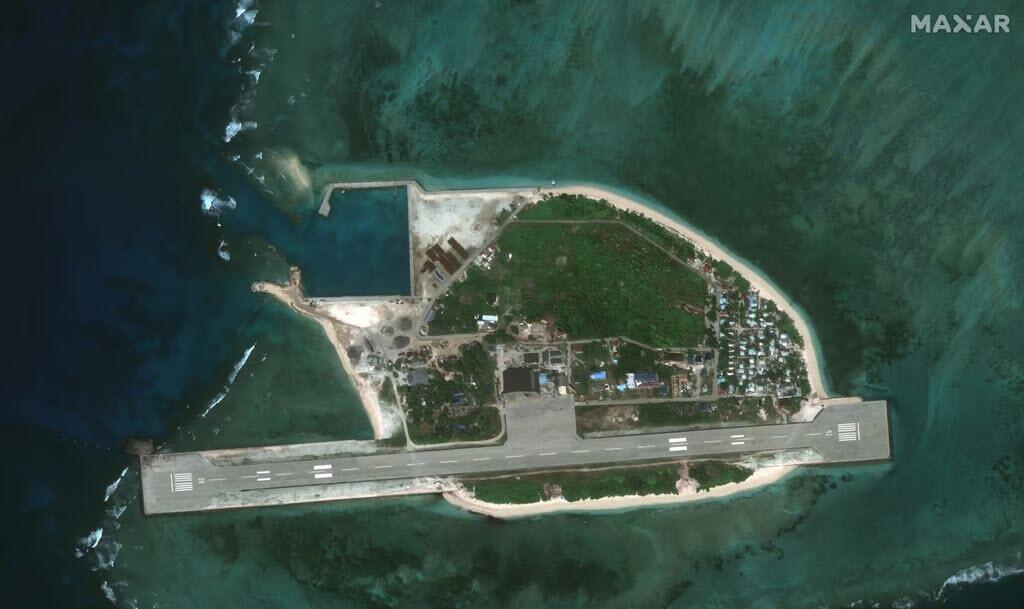The buck stops with them.
North America’s second-largest supermarket chain is warning its suppliers that it won’t allow price hikes due to President Trump’s tariff spree.
Albertsons, which operates over 2,200 grocery stores — including Balducci’s, Kings and Acme in the New York area, blasted out a missive to its suppliers late last month, explaining that suppliers must get authorization for significant price hikes.
“With few exceptions, we are not accepting cost increases due to tariffs,” stated the letter, first uncovered by American Economic Liberties Project researcher Matt Stoller.
“Suppliers are not permitted to include tariff-related costs in invoices without prior authorization by Albertsons Companies,” the Idaho-based chain added, “Any invoices that include such charges without prior authorization will be subject to dispute and may result in payment delays.”
If suppliers want to fight for an exemption, they must file notice three months in advance by filling out forms detailing the impact of tariffs on their products and provide evidence.
From there, Albertsons will review the request, which can take 30 days. The grocery conglomerate warned that securing a price hike “is not guaranteed.”
Stoller, who does anti-monopoly research, blasted Albertsons’ demands, suggesting they are unreasonable.
“That’s absurd, since the cost of many items is going to spike, and suppliers will go out of business if they can’t cover those increased costs,” he wrote in a newsletter. “Yet, the arrogance speaks to the power of buyers like Albertsons. And Albertsons is nothing compared to Walmart or Amazon.”
Over recent weeks, Trump has slapped a 10% baseline tariff rate against virtually all goods coming into the US. He’s also imposed a 25% automotive tariff, 25% tariff on steel and aluminum, and 25% tariff on imports from Canada and Mexico that don’t comply with the United States-Mexico-Canada Agreement (USMCA).
Products coming in from China are subject to a 145% rate, with limited exceptions.
Meanwhile, the president has given countries until July 8 to hash out a new trade arrangement with the US or face even more tariffs, with customized rates per country.
In response, prominent retailers have been ramping up the pressure on their suppliers not to raise prices.
Walmart, for example, has pressed its Chinese suppliers to make price cuts to mitigate the tariffs’ impact, but the Chinese government has sought to counter that effort, Bloomberg reported.
Amazon is also working to negotiate some of its contracts down to keep prices from increasing significantly.
Stoller believes that the current dynamic is similar to the “Covid supply shock moment.”
“A lot of orders are going to be canceled, and shortages and price changes are going to happen in weird and unpredictable ways,” he predicted.










